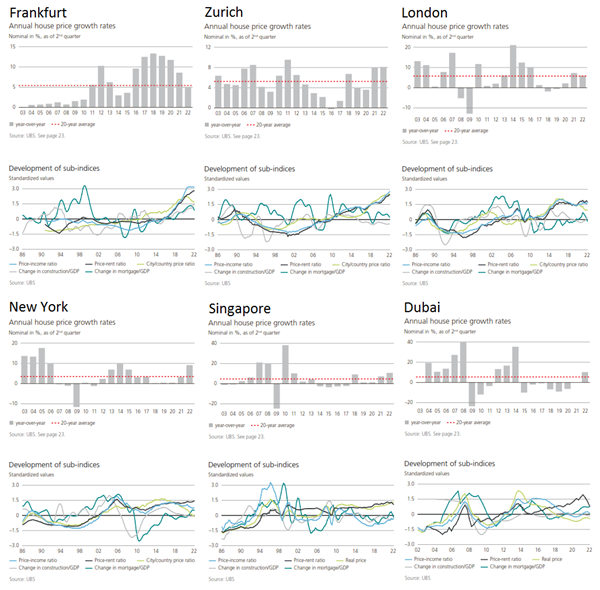Another cycle that has done all in its power to keep cycle scientists humble is one averaging 40.68 months in length. It has been present in industrial common-stock prices since 1871 and was discovered in 1912 by a New York group of investors. These gentlemen had learned that the Rothschilds had analyzed British consols (government obligations) and had broken up the price fluctuations into a series of repeating curves that had been combined and used for forecasting. The New York group hired a mathematician to discover the secret formula of the Rothschilds, and working with the Dow-Jones Railroad Averages, he discovered a forty-one-month cycle, plus three others, which his employers used to help them invest in the market. Apparently they were very successful around World War I.
Some ten years after the original discovery, Professor W. L. Crum, of Harvard, noted a cycle of "39, 40, or 41 months" in monthly commercial-paper rates in New York. Almost simultaneously, Professor Joseph Kitchin, also of Harvard, discovered a cycle that he called forty months in six economic time series, bank clearings, commodity prices, and interest rates in both Great Britain and the United States from 1890 to 1922. As far as I know, it was not until 1935, twenty-three years after the original discovery, that this cycle was again noticed in the stock market. Our old friend Chapin Hoskins, who knew nothing of the earlier work, discovered this cycle in many series of price and production figures, including common-stock prices. Early in 1938 he made an extensive study of this cycle for one of the large investment-trust services.
Figure 38 shows the forty-one-month cycle (now refined to 40.68 months) from 1868 through 1945. As you can see, while its waves are not identical to an ideal 40.68 wave, which is represented by the broken zigzag, there is an amazing correspondence between them. This cycle persisted through wars and peace, good times and depressions.
Then, in 1946, something strange happened to our cycle. Almost as if some giant hand had reached down and pushed it, the cycle stumbled, and by the time it had regained its equilibrium it was marching completely out of step from the ideal cadence it had maintained for so many years. As you can see in Figure 39, it has regained the approximate beat of forty-one months or so, as before, but its behavior now appears upside down on our graph.
Figure 38 shows the forty-one-month cycle (now refined to 40.68 months) from 1868 through 1945. As you can see, while its waves are not identical to an ideal 40.68 wave, which is represented by the broken zigzag, there is an amazing correspondence between them. This cycle persisted through wars and peace, good times and depressions.
Then, in 1946, something strange happened to our cycle. Almost as if some giant hand had reached down and pushed it, the cycle stumbled, and by the time it had regained its equilibrium it was marching completely out of step from the ideal cadence it had maintained for so many years. As you can see in Figure 39, it has regained the approximate beat of forty-one months or so, as before, but its behavior now appears upside down on our graph.
Scores of explanations and reams of paper have been expended to explain this behavior. We are familiar with most of the possibilities, such as distortion by random behavior, two or more other cycles of near lengths, and even a general public knowledge of this particular cycle, which may have had a distorting effect on its timing. But, in truth, no one can positively explain what happened in 1946 any more than they can explain the regularity of the rhythm for all the years that preceded it.
Quoted from:
Edward R. Dewey & Og Mandino (1971) - Cycles: The Mysterious Forces that Trigger Events.
Edward R. Dewey & Og Mandino (1971) - Cycles: The Mysterious Forces that Trigger Events.




















